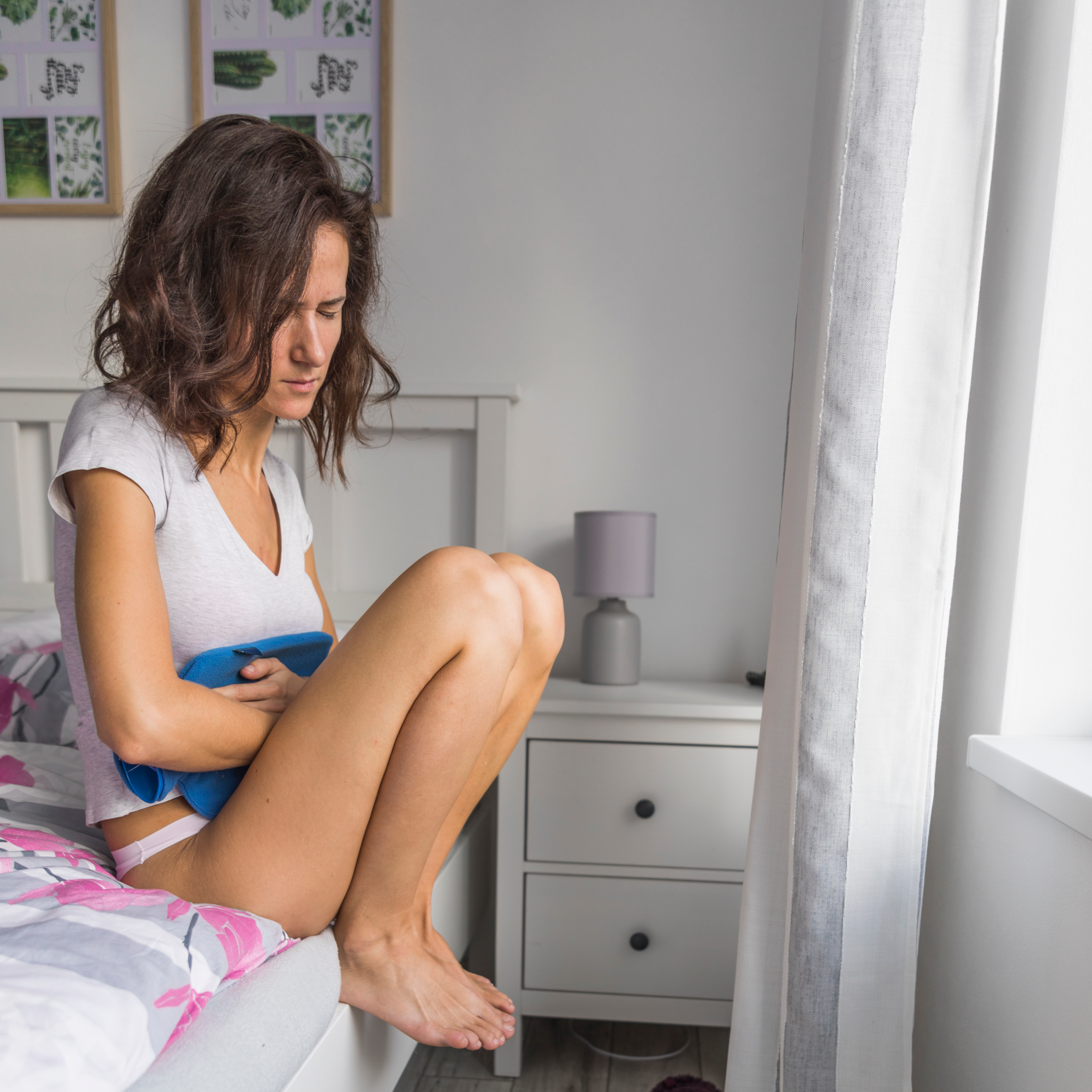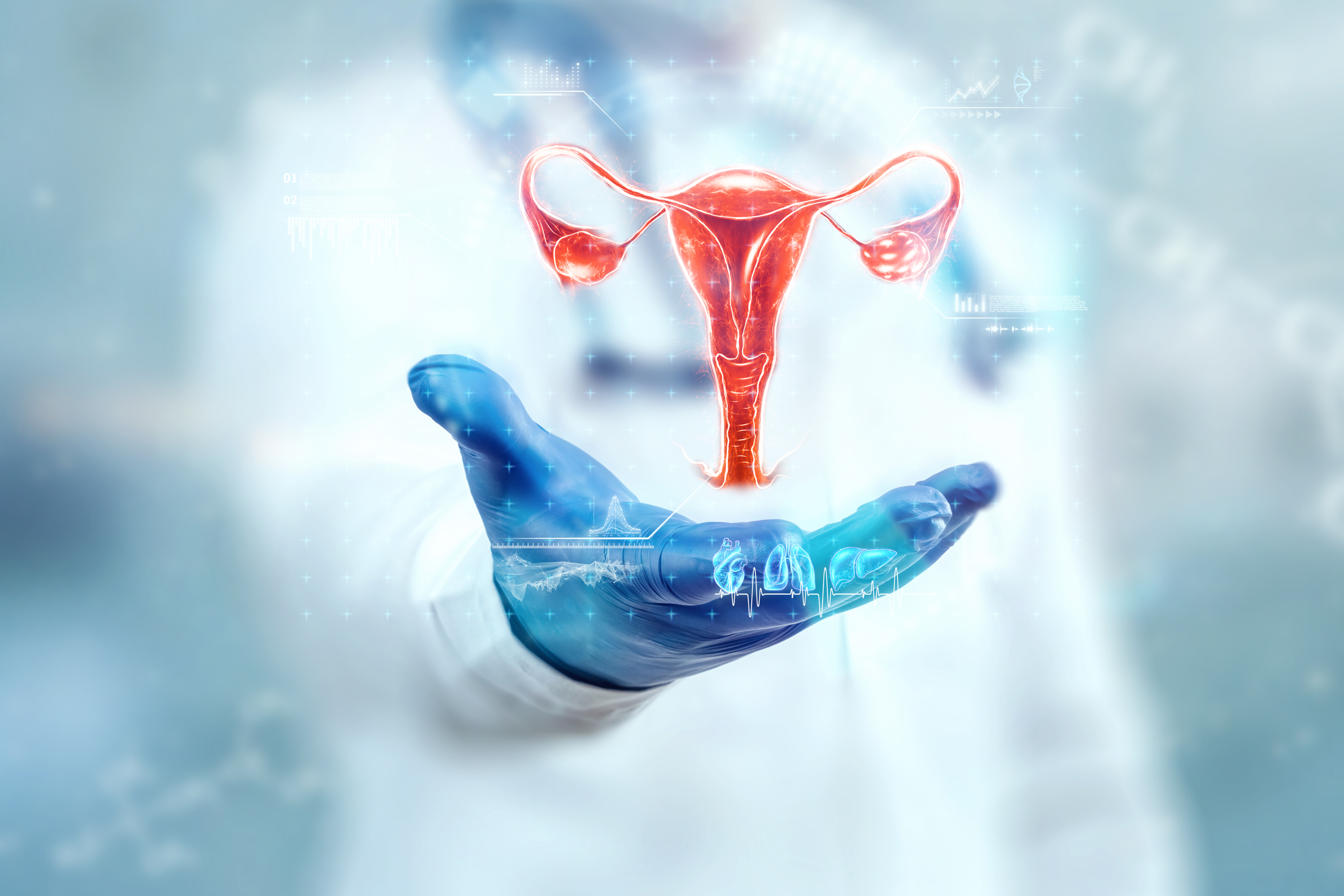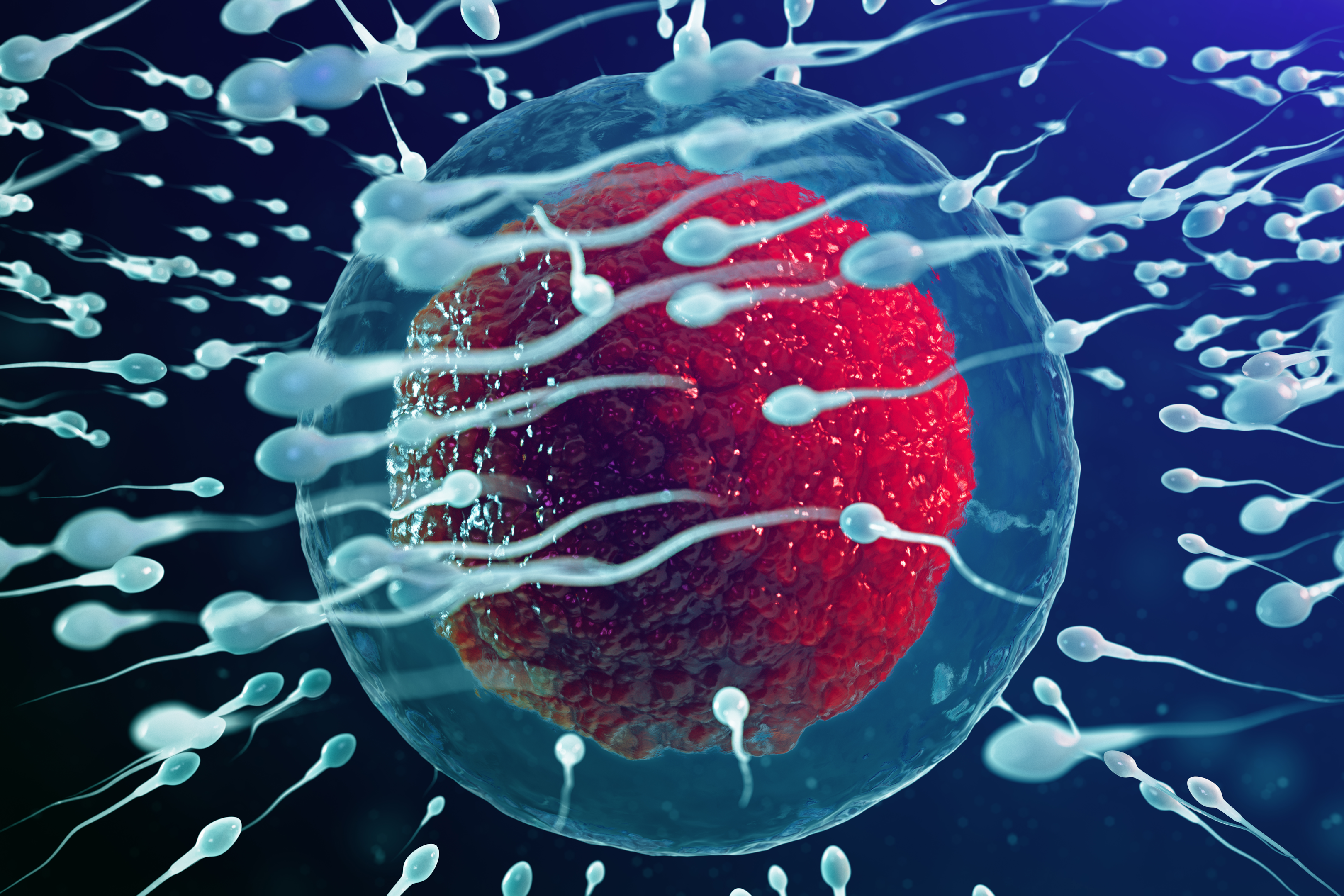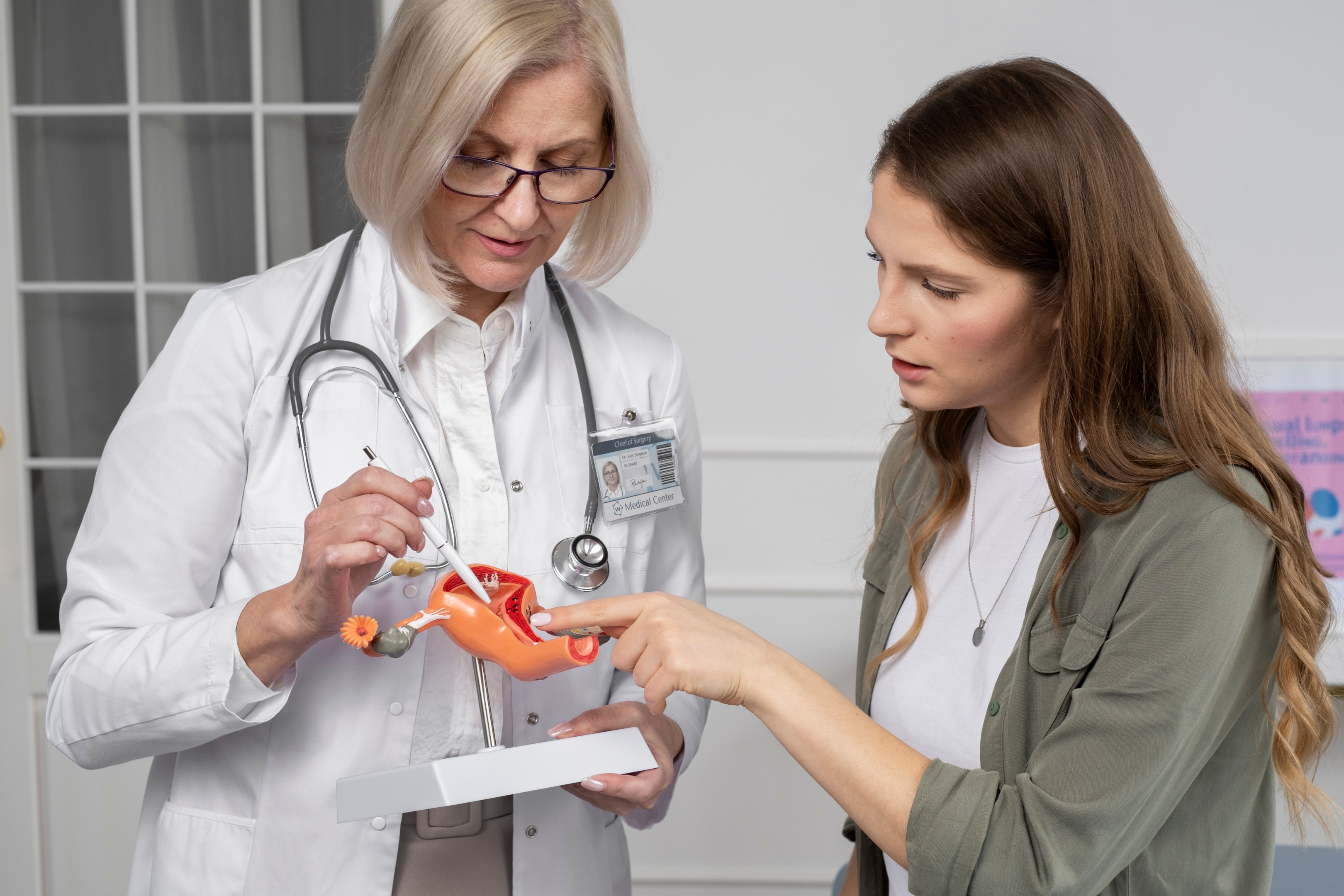What are the phases of the menstrual cycle?


Starting from puberty and ending at menopause, a female experiences monthly changes that prepare her for pregnancy. The monthly cycle is known as the menstrual cycle. Understanding this cycle and its associated cyclic changes is important to understand the issues a woman faces in her reproductive years.
This cycle is characterised by the development of the egg inside the ovary and the simultaneous development of the uterine lining to receive the fertilised egg. If, however, the expected fertilisation doesn't occur, the grown-up lining of the uterus is shed, and the cycle restarts again.
Regular menstrual periods may not be so pleasant for many women, but the continuity of this cycle is very important for women's reproductive health. This cycle characterises fertility. The complete or temporary end of this process, menopause, means a female can't have babies anymore.
Understanding the menstrual cycle is important for you as it gives you better control over your daily activities, health, conception and pregnancy.
The menstrual cycle is continuous, and you may not find anything noticeable except the periods. Inside the body, however, goes on a chain of events involving hormones, ovaries, uterus, and brain. The hormones are the chemical messengers that link these organs together.

This continuous cycle is divided into two smaller cycles;
It involves changes in the ovaries and is further divided into two phases, follicular and luteal.
The uterine cycle covers the changes undergoing in the ovaries and involves the periods, the follicular phase and the ovulatory phase.
Let's discuss the menstrual cycle as a chain of continuous events.
Your cycle starts with the menstrual phase, which is the phase of periods. The egg released from the ovary is not fertilised, the levels of hormones, progesterone and oestrogen drop and the lining of the uterus, which was highly developed to receive the expected fertilised egg, breaks and is shed through the vagina. A combination of uterine tissues, mucus and blood, will be expelled from the body.

It is the most active phase (for you) of the cycle and the women experiencing symptoms, e.g.,
Pains
Tiredness
Headaches
Mood swings
Tenderness of breasts
Irritably
Cramps
Important points
The average length of this menstrual period is variable and normally is 3-5 days. However, it can be as short as 1 day and as long as 8 days. The women will experience period pains. To learn more about period pains, click here.
The normal blood loss is 10-80ml. The more blood loss needs immediate attention. However, a 2019 study found that more than one-third of women experience heavy menstrual bleeding.
This phase overlaps with the menstrual phase. Simply speaking, this phase starts from the first day of periods and ends with ovulation, i.e., the release of an egg. How? The simultaneous development of another egg in the ovary accompanies the start of the period and the degradation of the previous egg.

The hypothalamus, a small part of your brain, sends signals to the pituitary gland, which starts producing follicle-stimulating hormone (FSH), which stimulates the development of new eggs in the ovaries. Around 5-20 fresh eggs start development, but only one reaches maturity. The eggs develop inside the fluid-filled sacs called follicles.
Mostly, only a single and the strongest egg and very rarely, two eggs mature and the rest of the eggs are absorbed by the body. The growing follicle release a hormone, oestrogen, which causes the development of the internal lining of the uterus to make it favourable for a new baby. The average length of the follicular phase is 14-15 days (range 11-27). It varies from woman to woman.
Ovulation is the release of the egg from the follicle. As the oestrogen level reaches a peak, it sends signals to the pituitary gland, which releases another hormone, the luteinising hormone (LH). This hormone starts luteinisation, the release of a mature egg from the ovary. The released egg starts its journey from the ovary toward the uterus. It is fertilised in the fallopian tubes during this journey.

In a 28-day cycle, ovulation occurs in the middle of the cycle at day 14. The process takes 24 hours to complete. The egg only lives for a day and dies if not fertilised. It is the time when the chances of successful conception are maximum. The ovulation phase is the shortest in the cycle.
According to the experts, the chances of conception are maximum within 4-6 hours of ovulation. The sperms travel through the fallopian tube to reach the egg. But how to know if you have ovulated? Some symptoms of ovulation are;
A thickened discharge which resemblances egg white
A slightly elevated basal body temperature.
To read more about ovulation, click here.
After the release of an egg, the follicle is converted into a structure called corpus luteum. This structure starts releasing progesterone (the major human corpus luteum secretion) which maintains pregnancy (if it occurs) and helps a fertilised egg to get an implant. If the pregnancy doesn't happen, this corpus luteum starts to shrink, causing a decrease in oestrogen and progesterone. The protective influence of progesterone on the uterine line ends, which starts shedding, the onset of periods. The symptoms of the premenopausal syndrome can be experienced, e.g.,
Food cravings
Troubled sleeping
Bloating
Swollen, painful and tender breasts
Mood swings
Headache
Weight gain
This phase lasts an average of 14 days (11-17 days).
The menstrual cycle should be trouble-free and regular. If, however, the following issues appear, you may need to see a doctor;
The bleeding phase of more than 7 days
Bleeding at any stage other than the periods
Skipping or missed periods
Irregular periods
Abnormal, unpleasant and pungent odours
The disturbances in the menstrual cycle are also apparent in your hormone profile. At Welzo, we have a test kit that allows you to monitor female hormones. Click here to order your test kit.
The menstrual cycle is a continuous cycle starting from puberty and ending with menopause. For understanding, it is divided into 4 phases of variable length. These phases have different events and different hormonal changes. Understanding menstrual cycle basics and its various stages and associated events will help you identify any unexpected issues and seek immediate medical assistance.

We have more information available about women's reproductive health at Welzo. Click here to read our information pages and explore our reproductive health products and services.
For online consultation with our health experts, click here. Our experts will guide you in case of any complications and also prescribe the required drugs.
Plus get the inside scoop on our latest content and updates in our monthly newsletter.